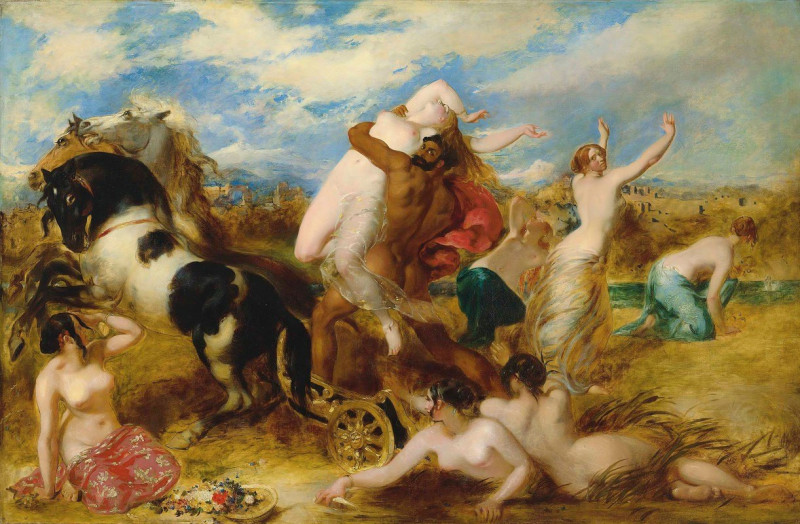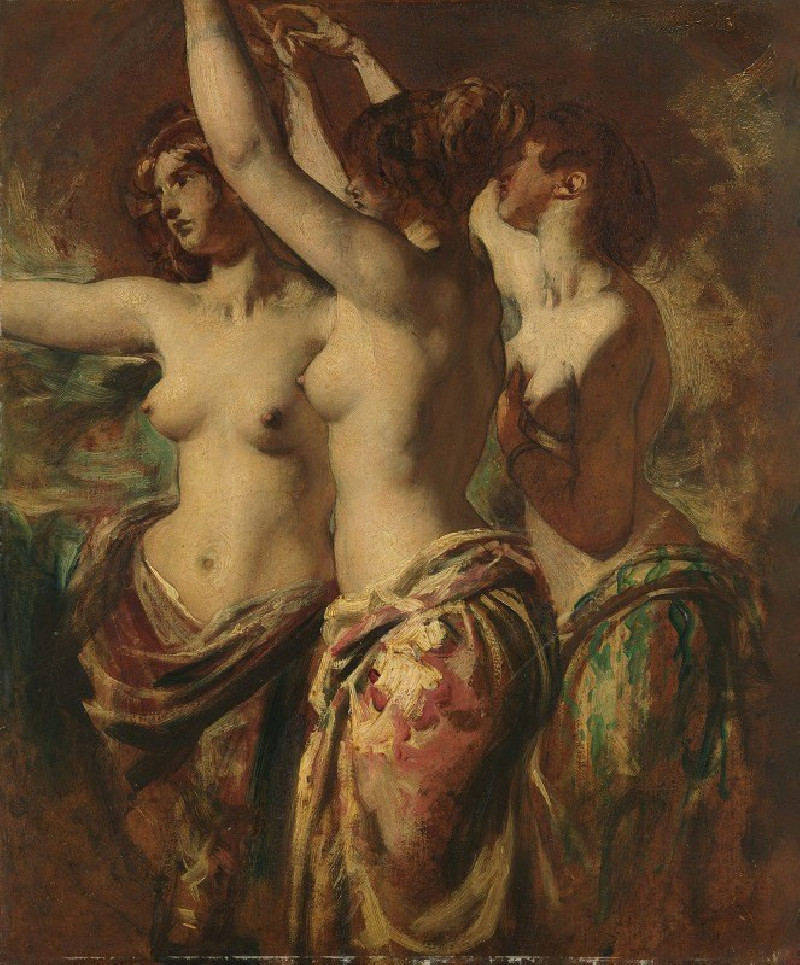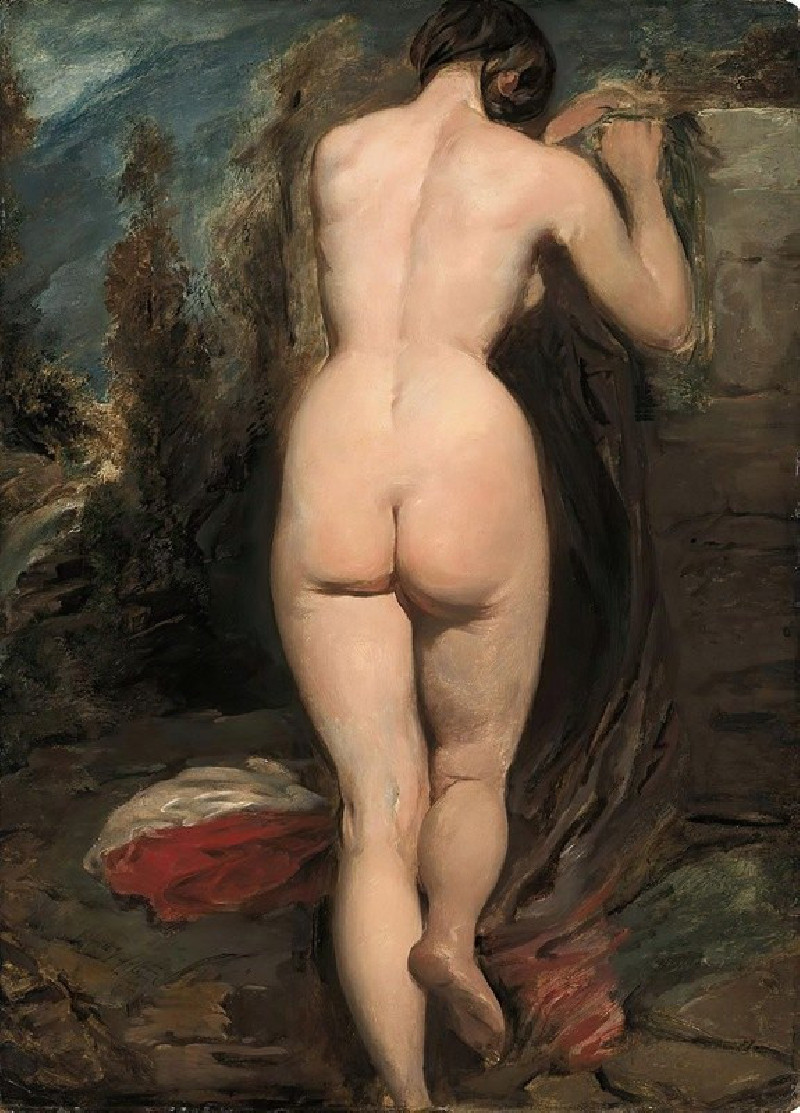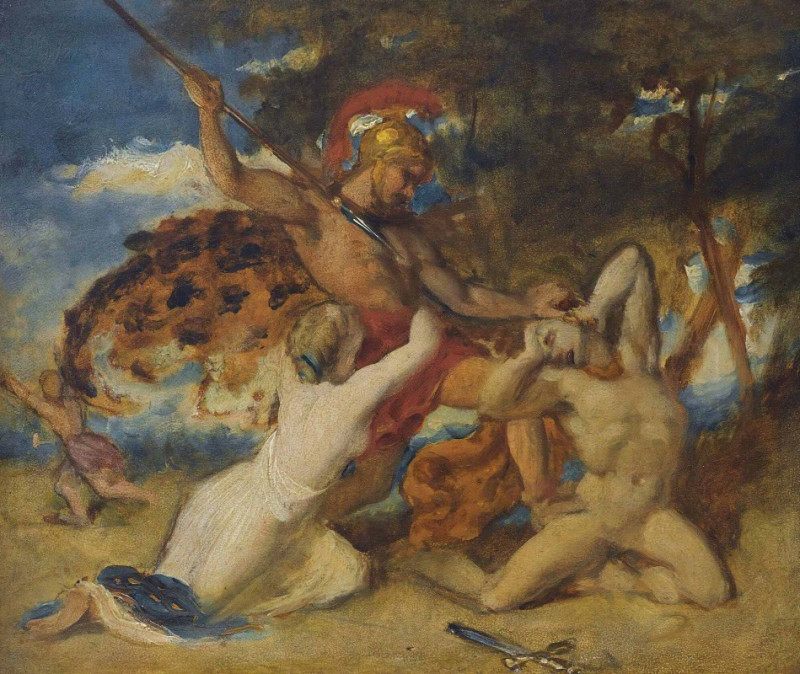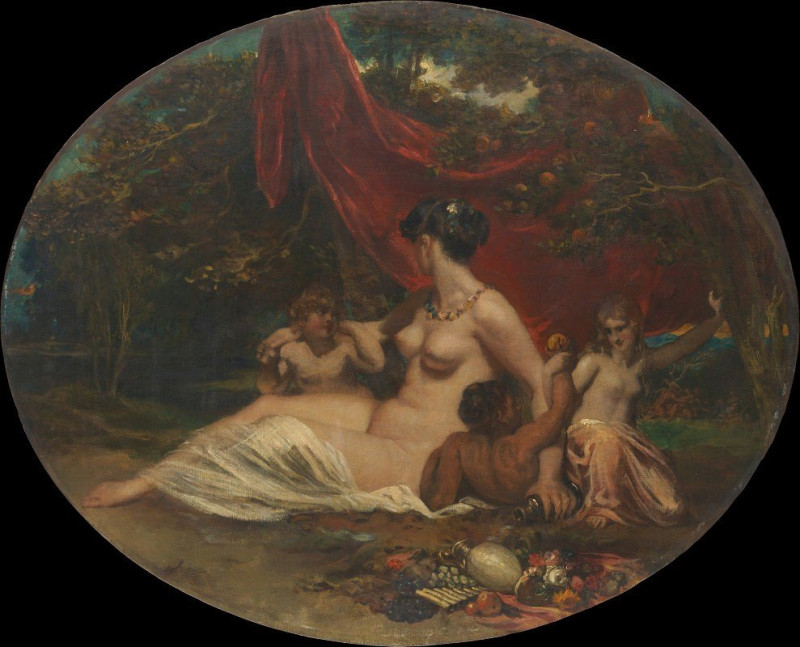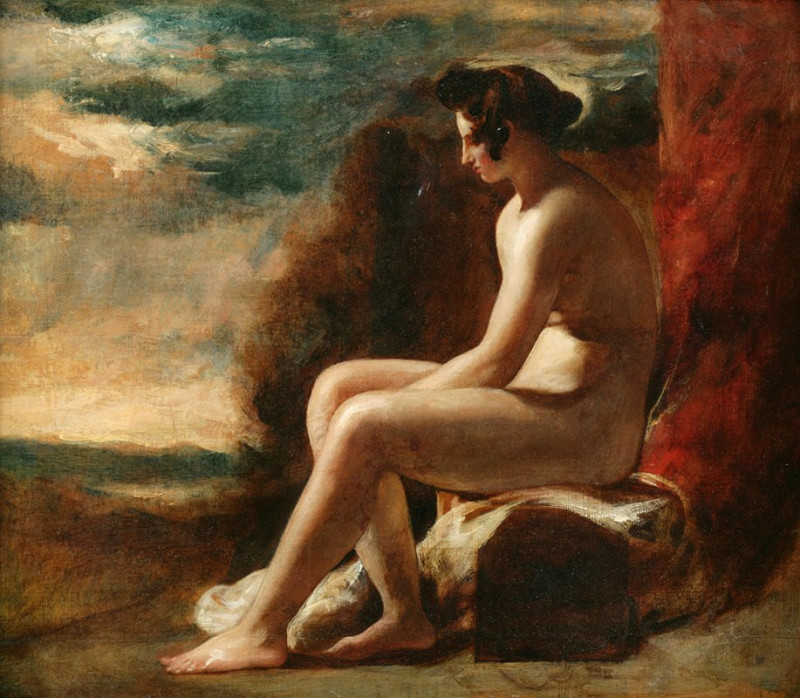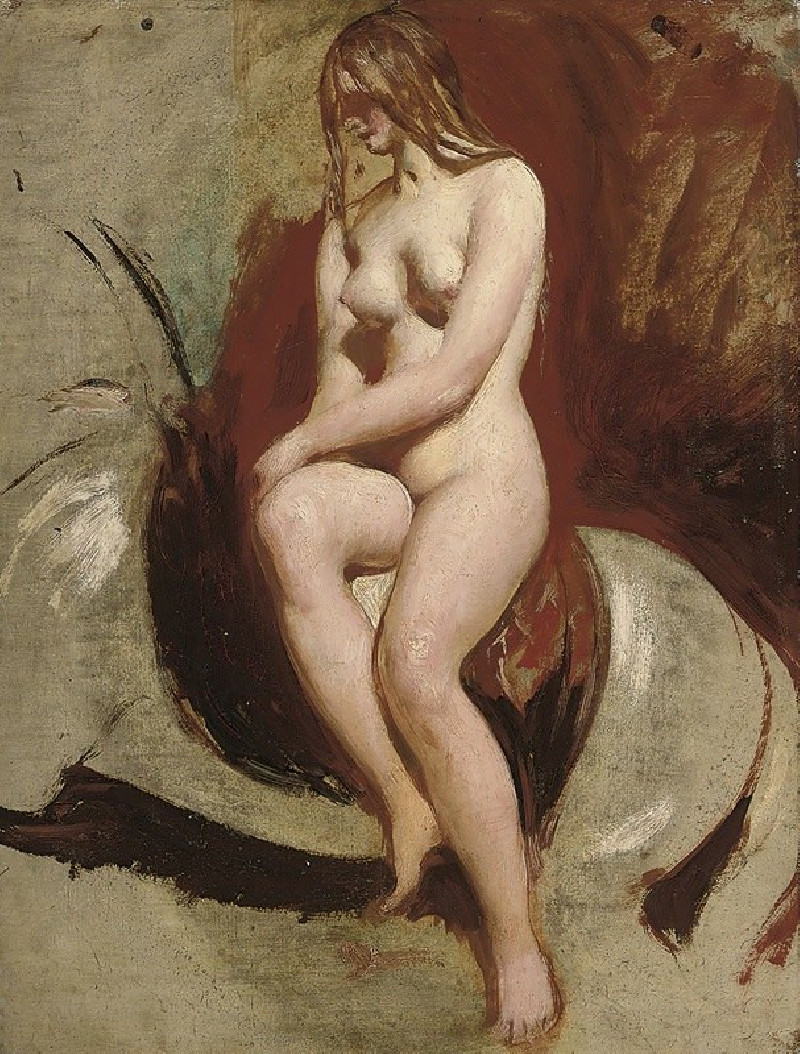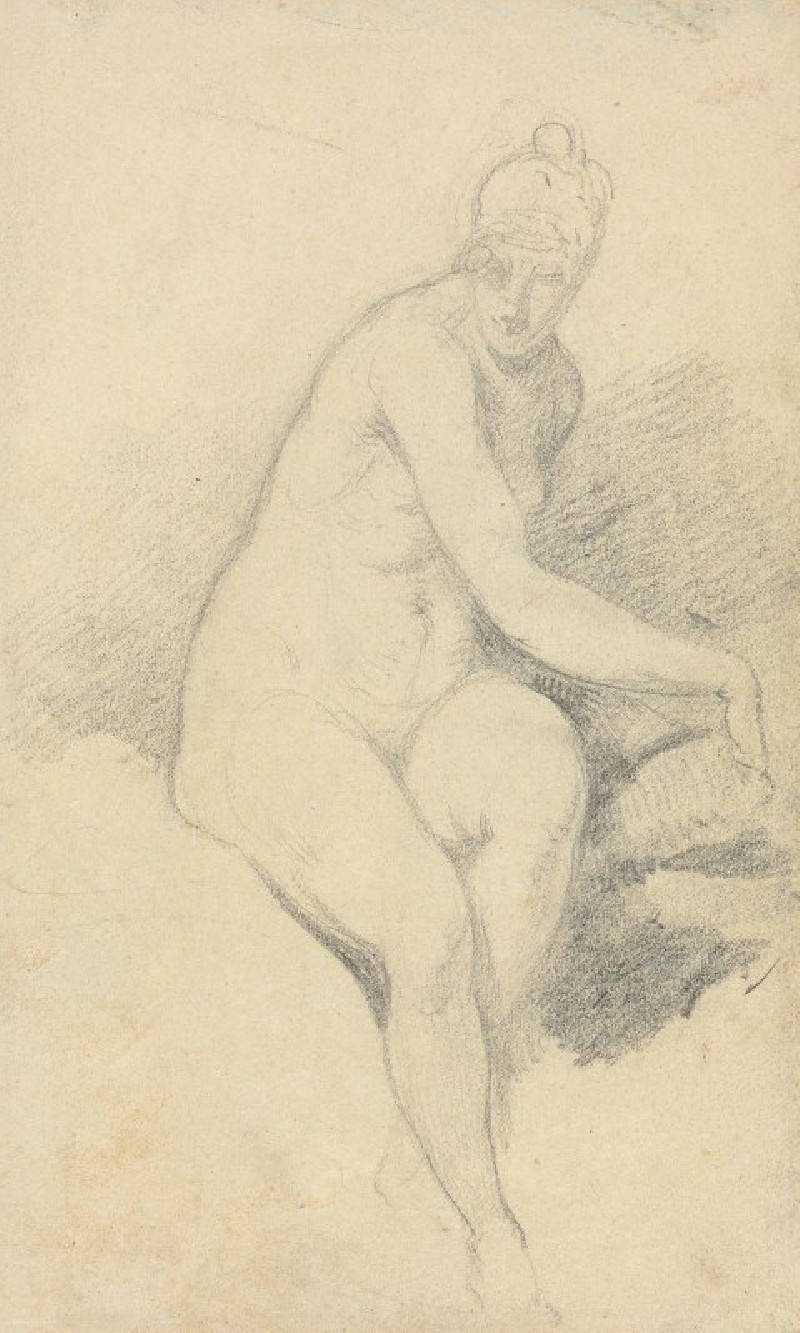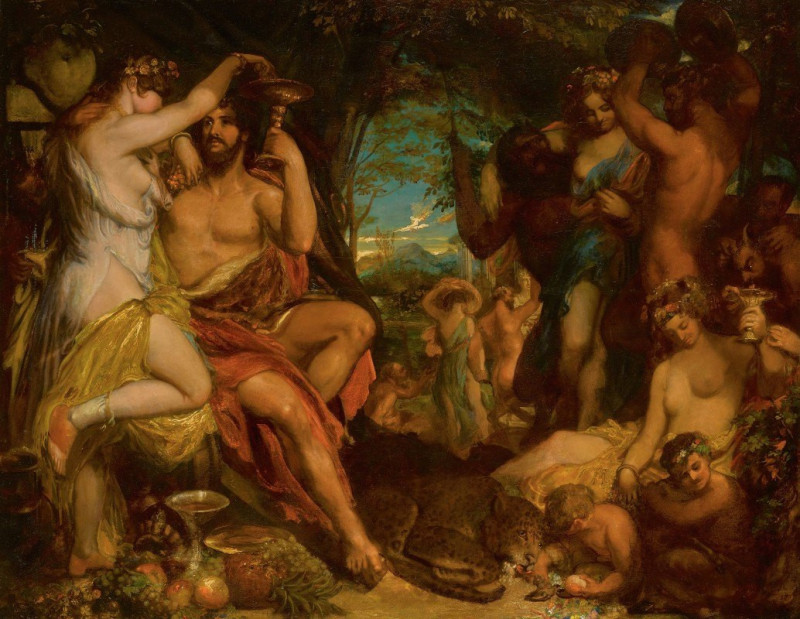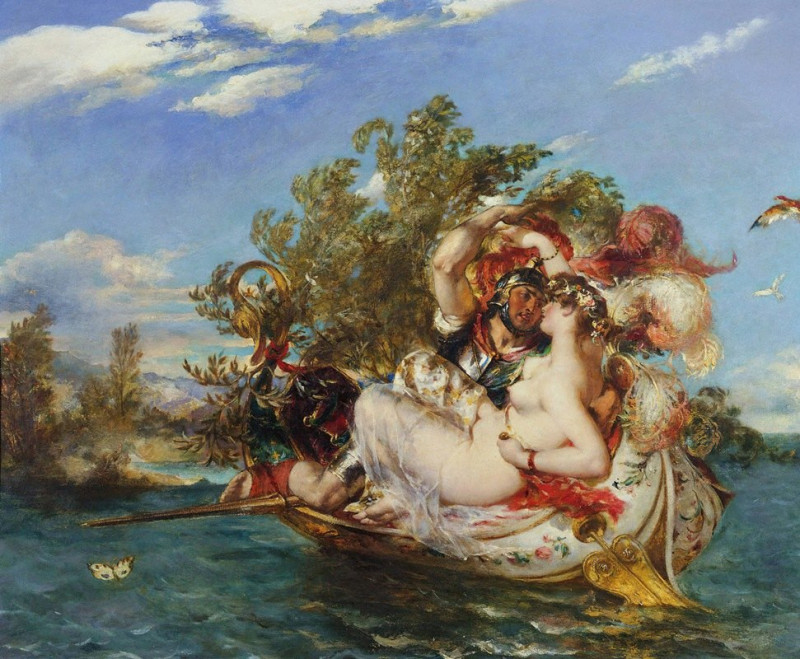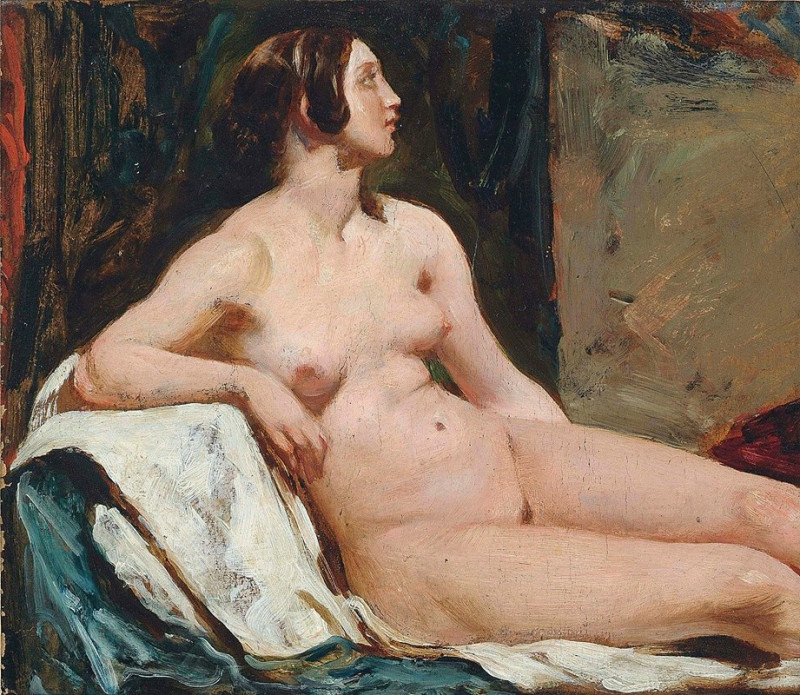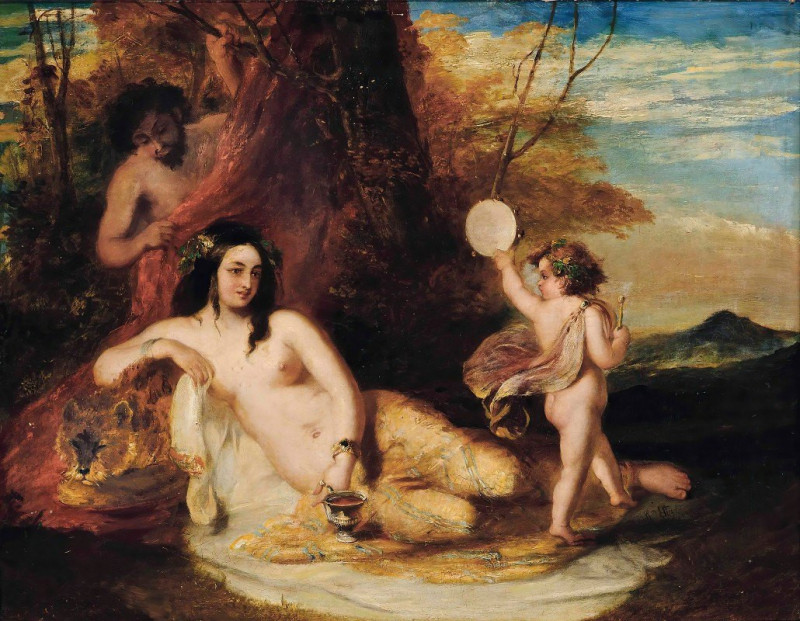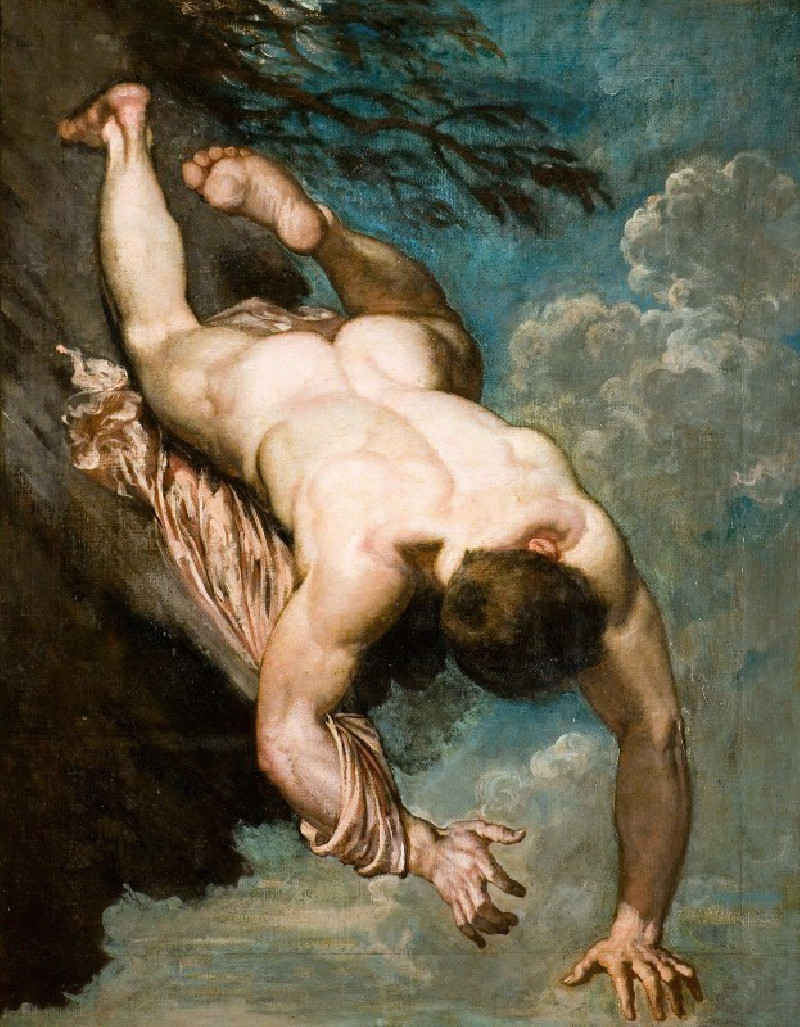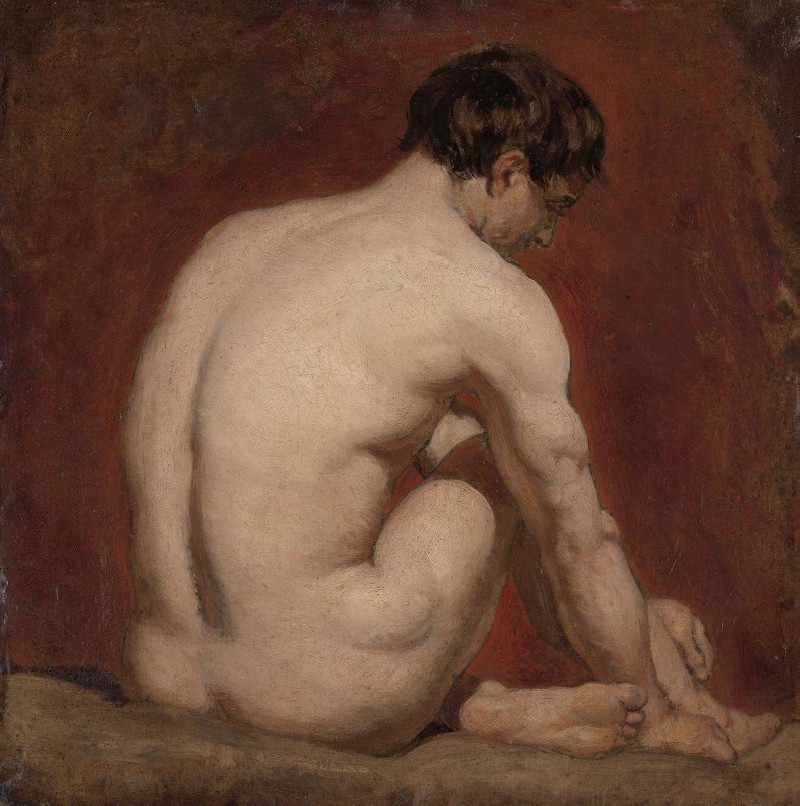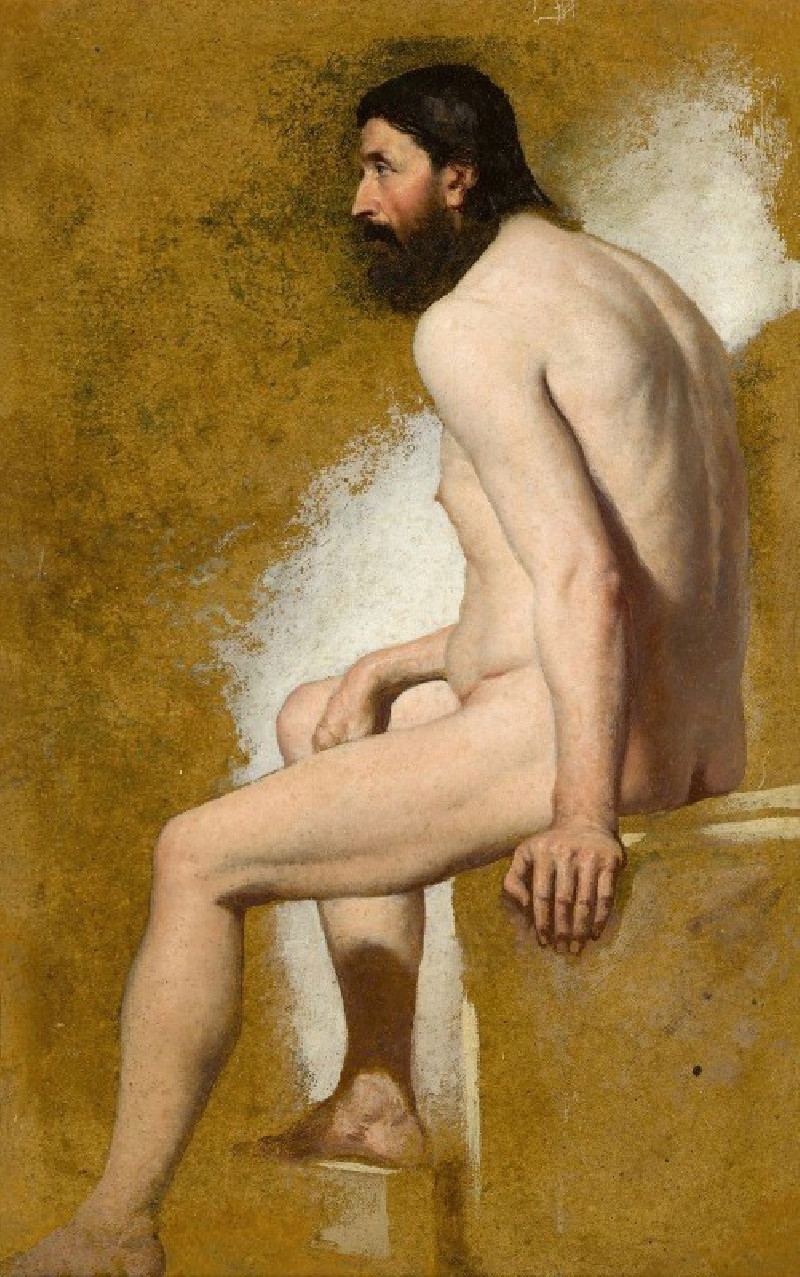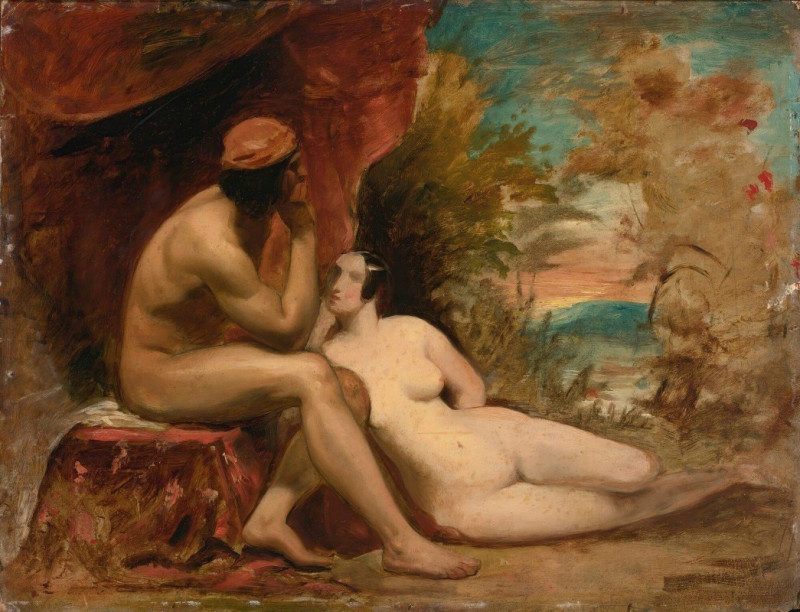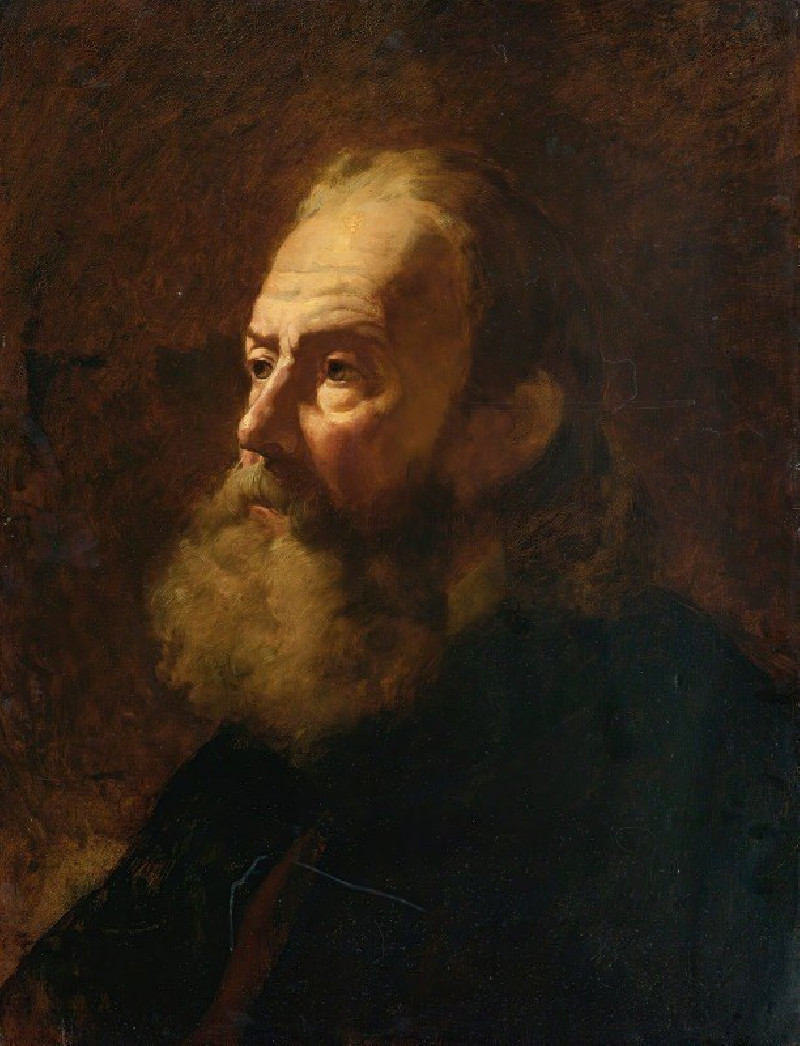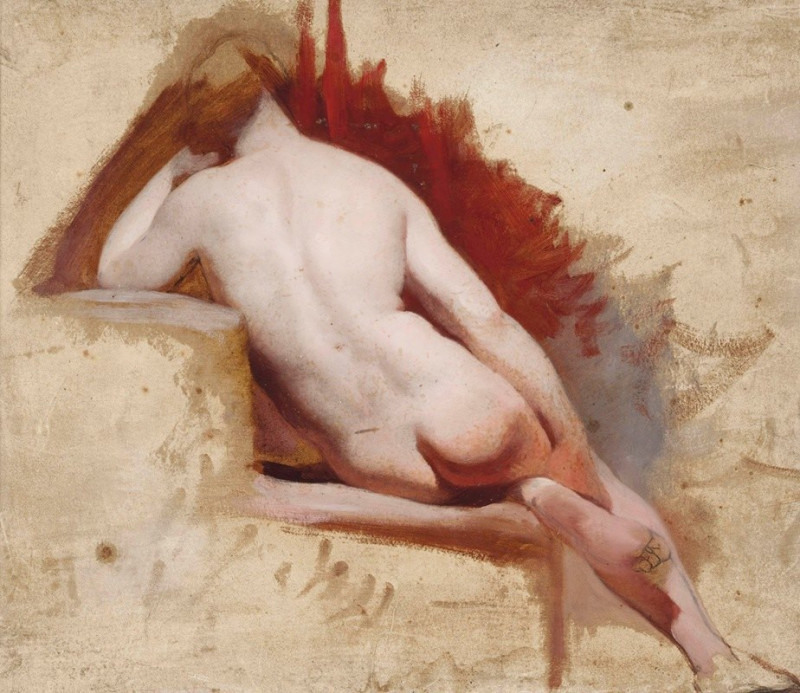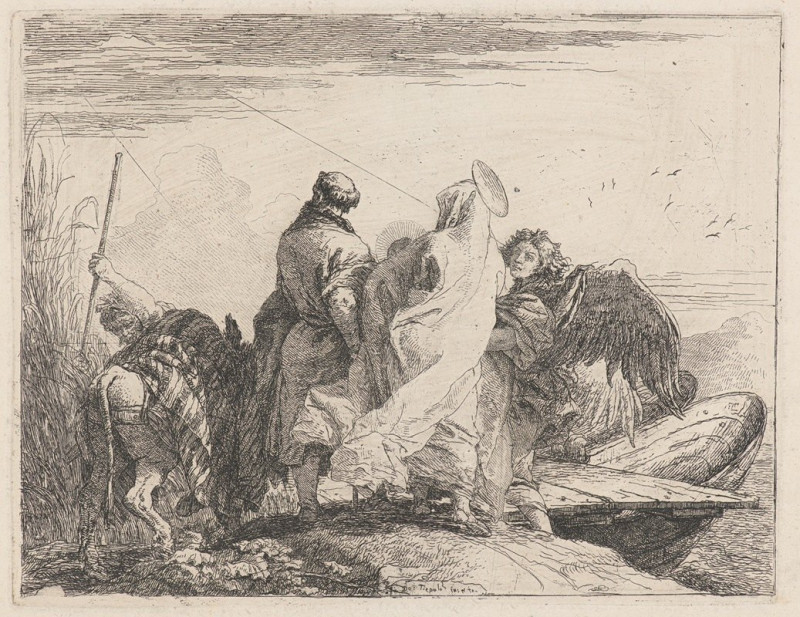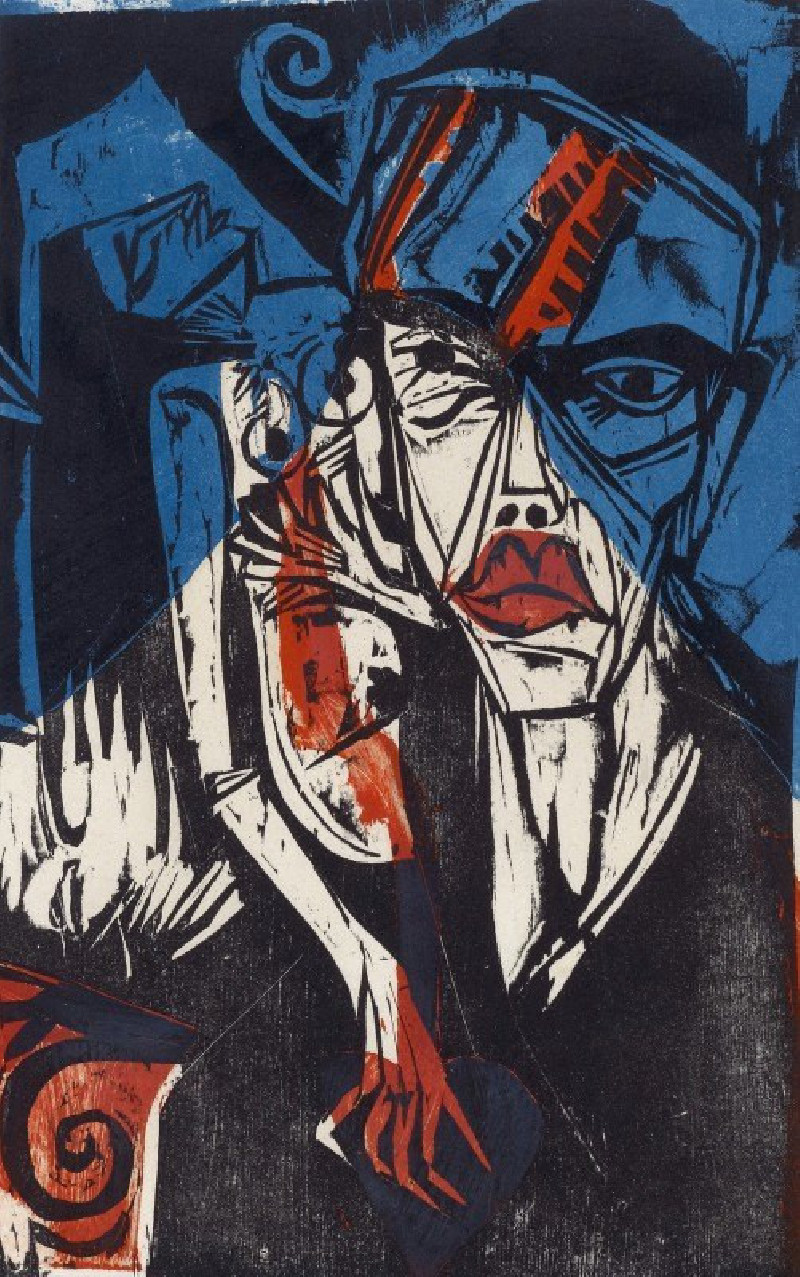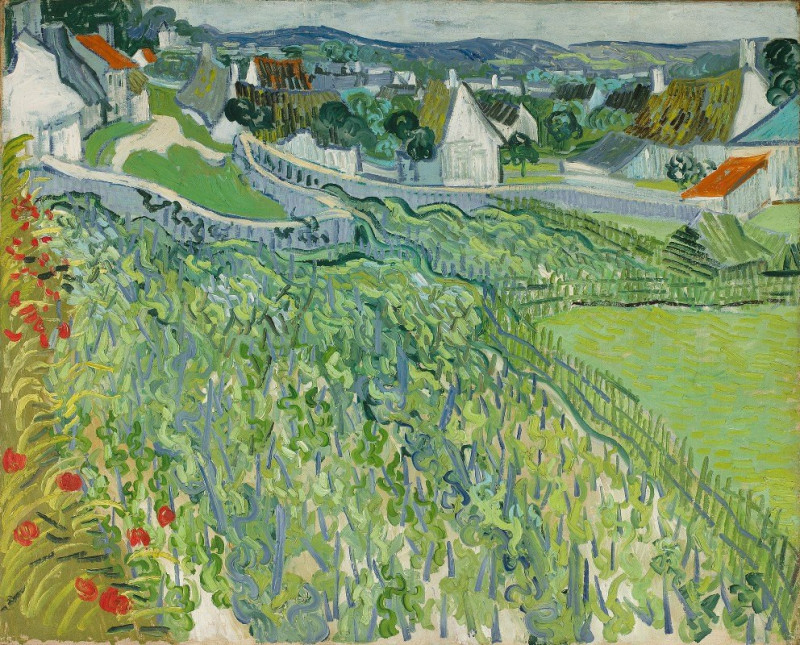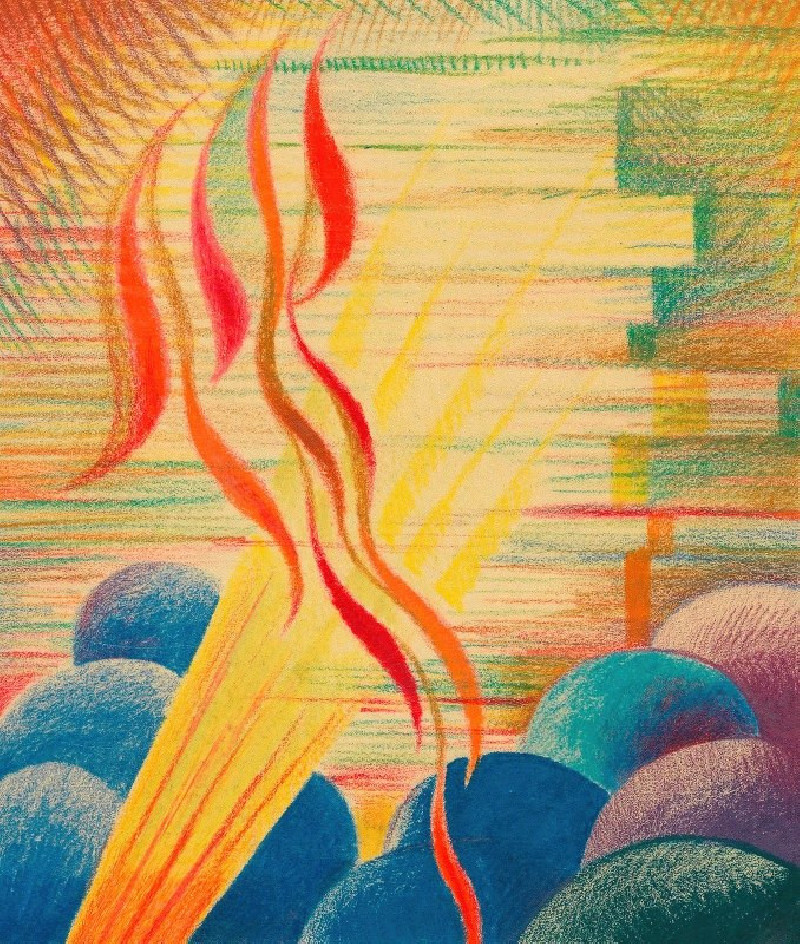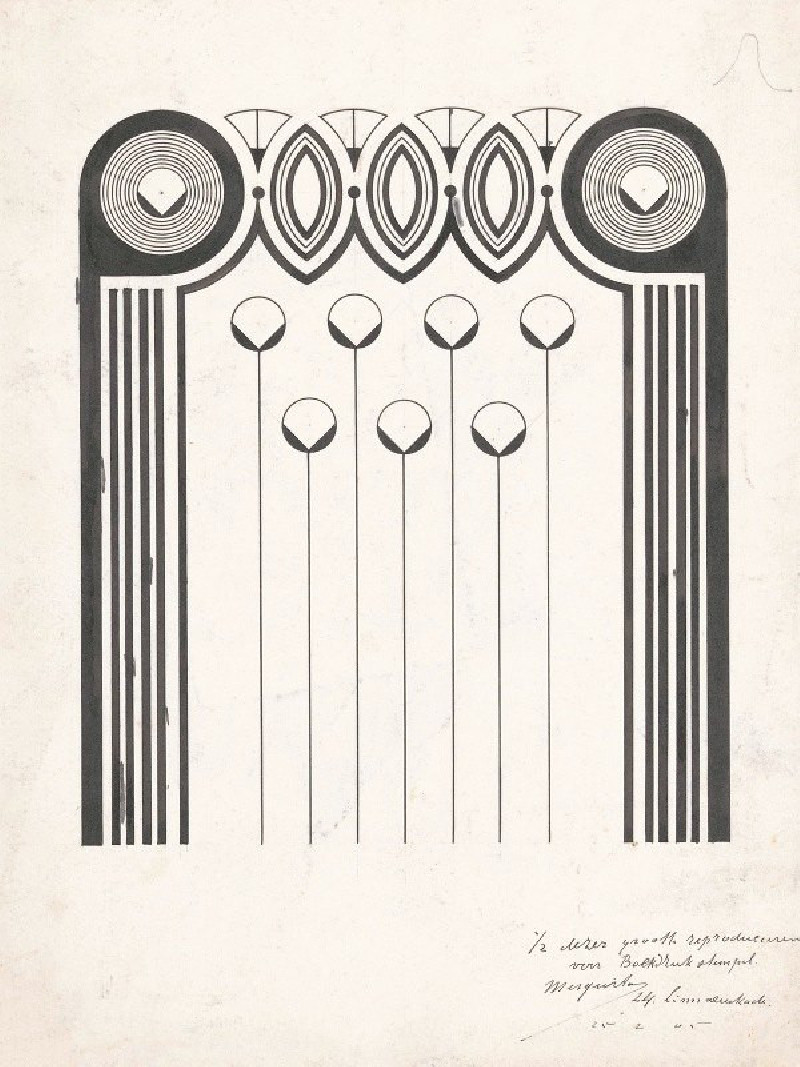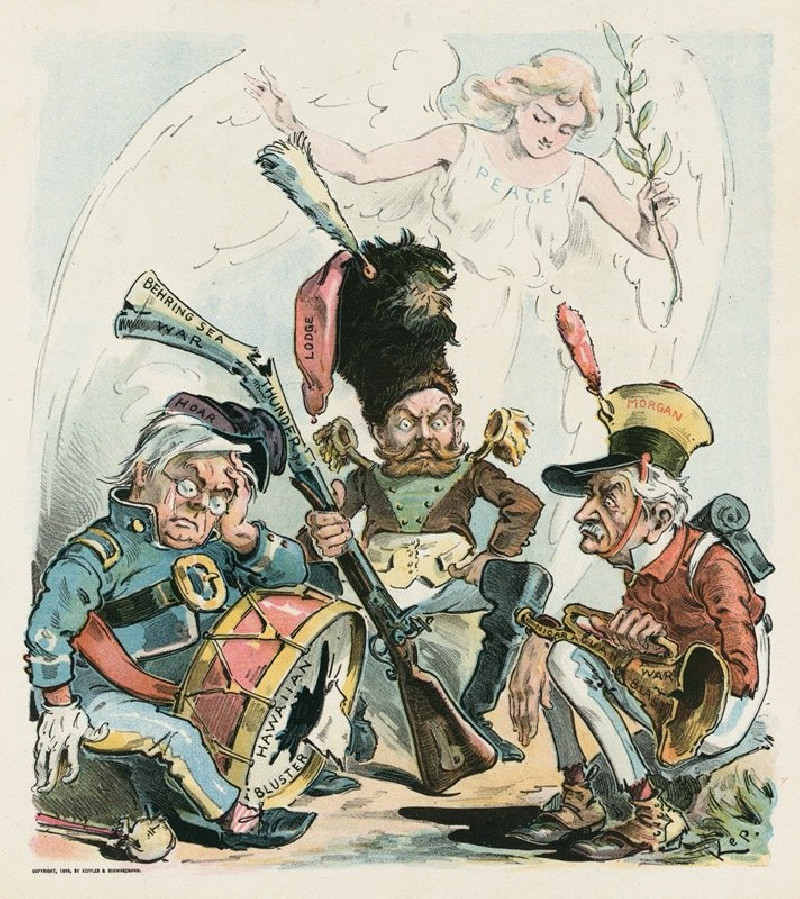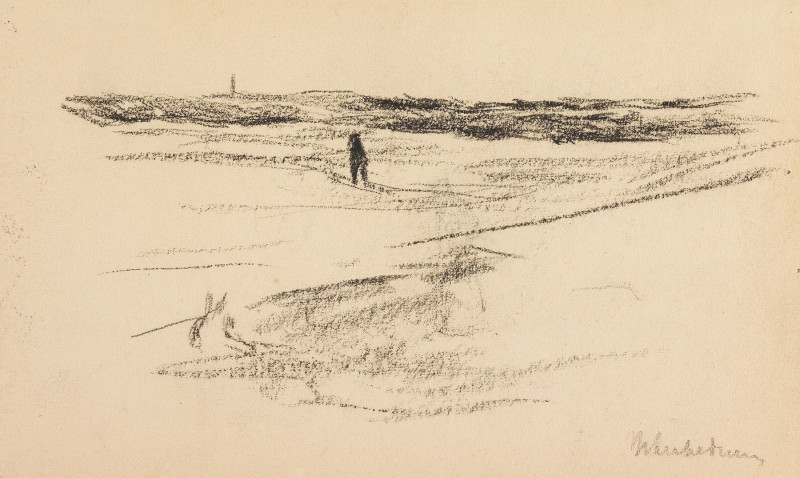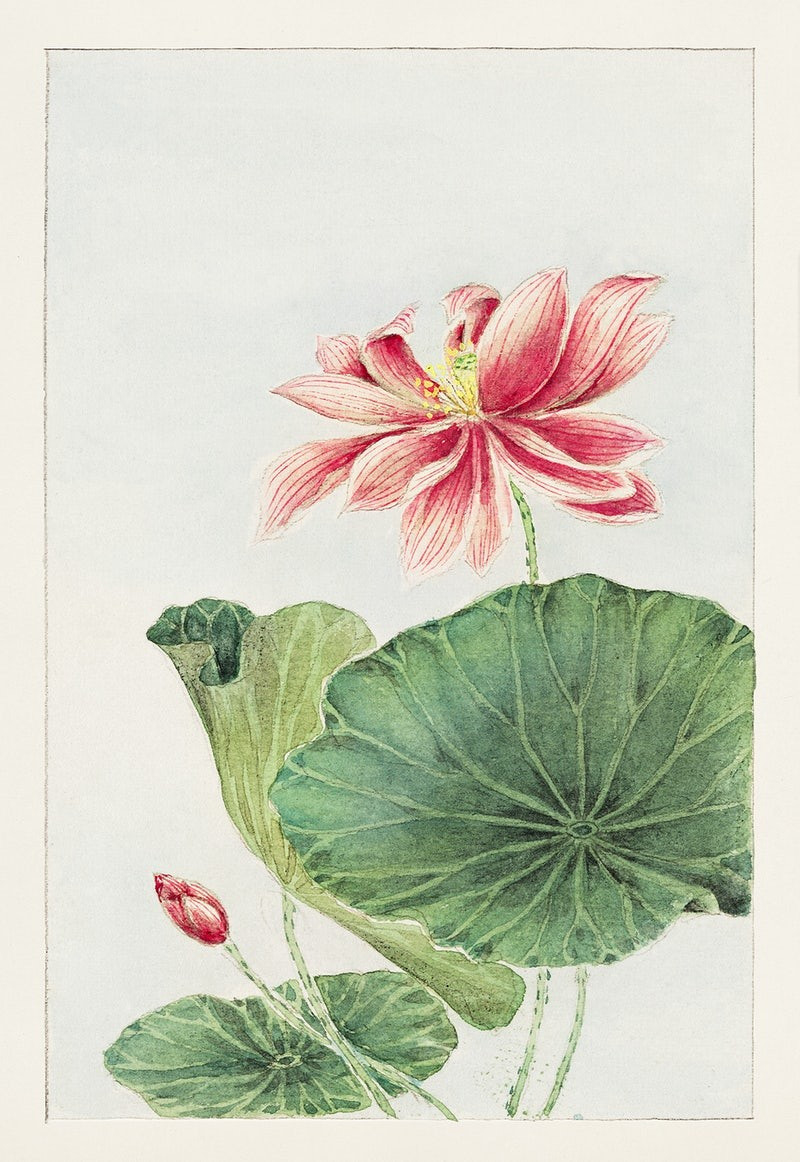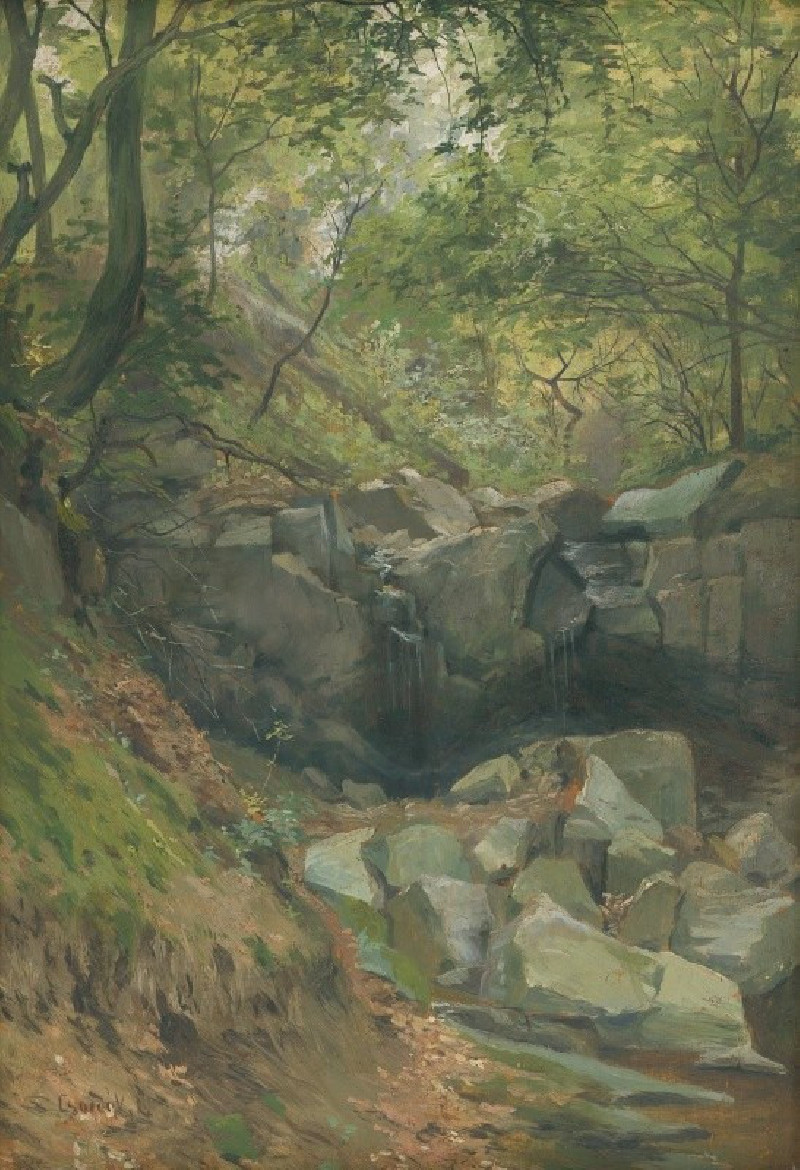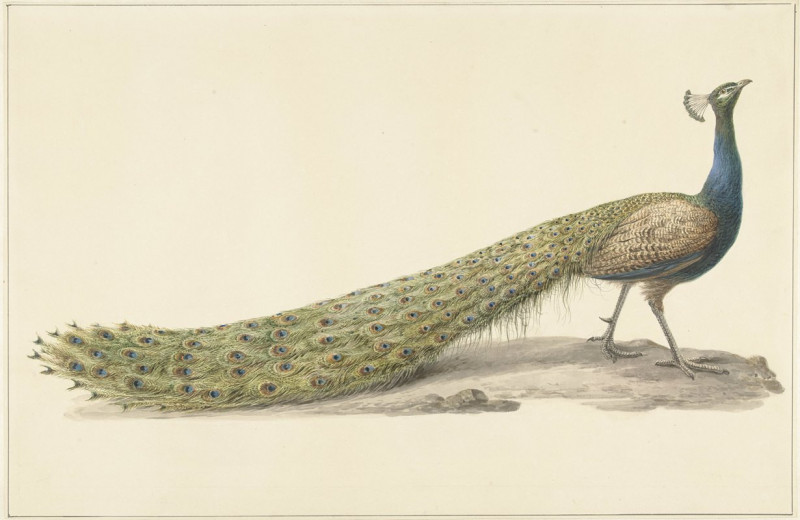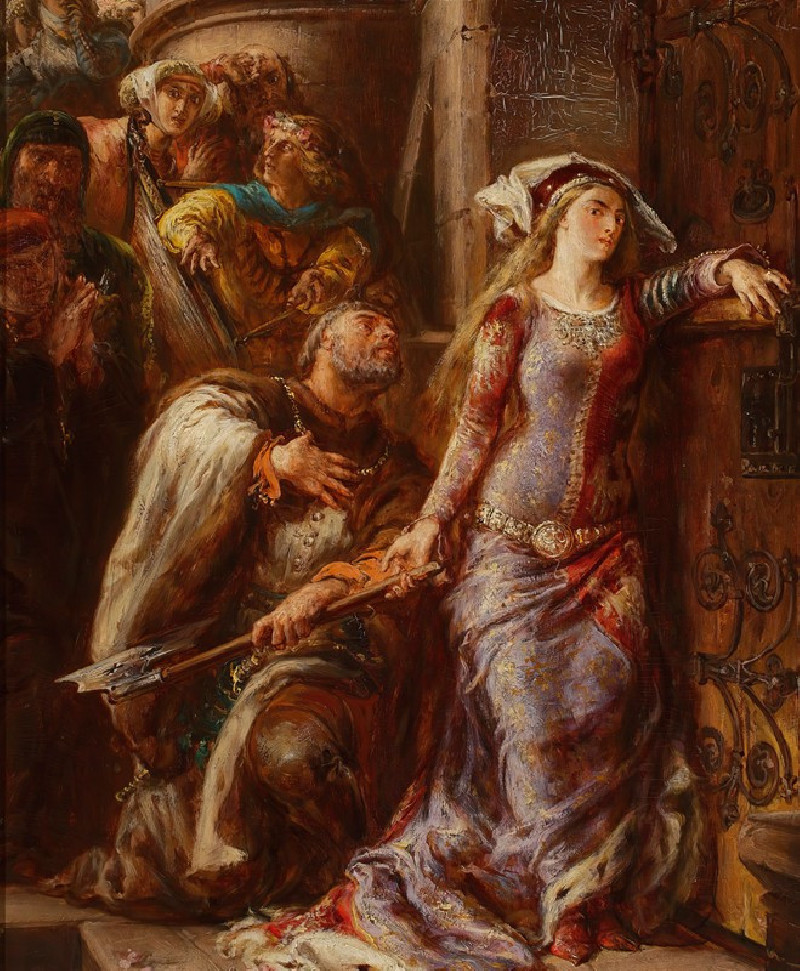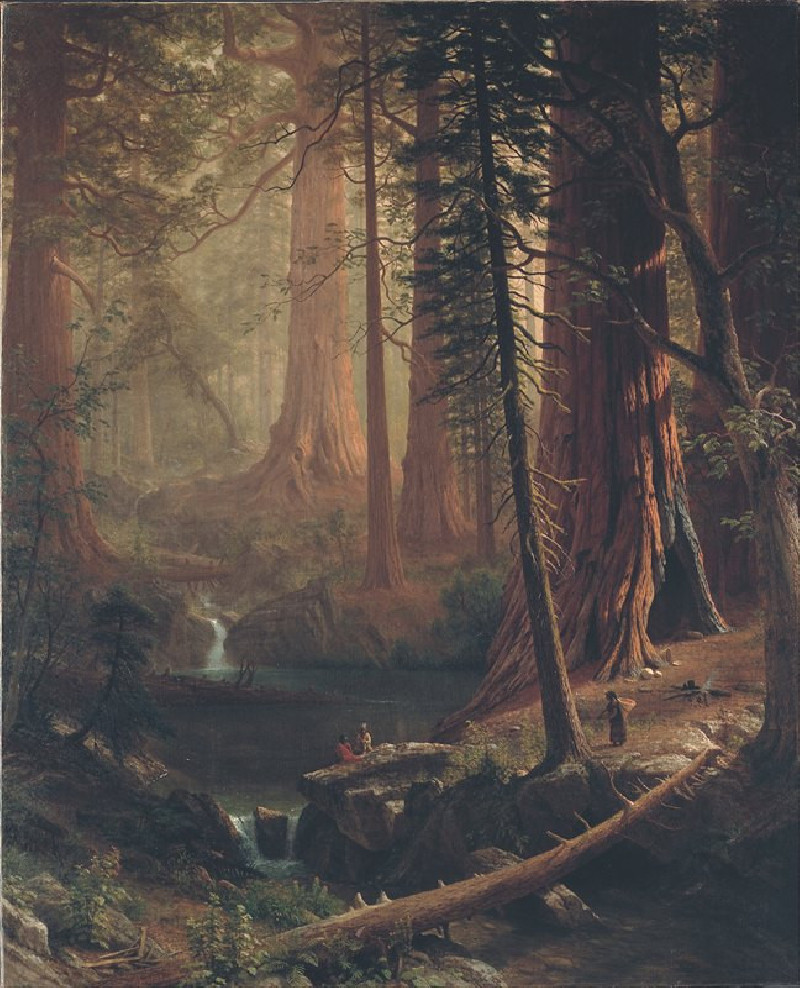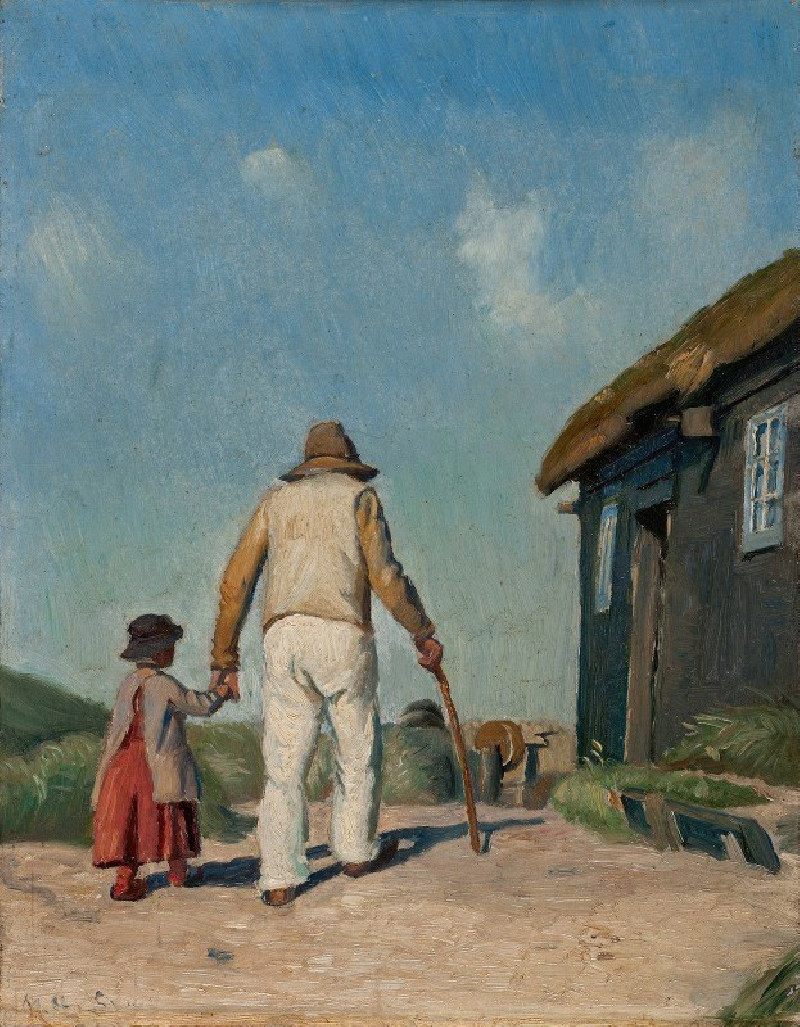Pluto Carrying Off Proserpine
Technique: Giclée quality print
Recommended by our customers
More about this artwork
William Etty’s dynamic and dramatic painting, "Pluto Carrying Off Proserpine," captivates the viewer with its forceful depiction of a classical myth. In this striking scene, the god Pluto, identified in Roman mythology as the ruler of the underworld, is shown in the act of abducting Proserpine (also known as Persephone in Greek mythology). The intensity of the moment is vividly captured through Etty's masterful use of color and movement.In the painting, Pluto is portrayed as a powerful, muscular figure, his dark, imposing presence contrasting sharply with Proserpine's pale, diaphanous form. Clad only in ethereal, flowing drapery, Proserpine is shown with a look of shock and despair as she is forcefully swept away. The desperation of the moment is heightened by her outstretched arms and the backward tilt of her head.The scene is chaotic, underscored by the wild gallop of Pluto’s dark steeds that pull his golden chariot. The earthy tones of the landscape and the tumultuous sky, swirling with clouds, sets a dramatic backdrop that enhances the sense of turmoil and action.Surrounding figures, likely nymphs and companions of Proserpine, add to the narrative's emotional depth. These figures are depicted in various poses of distress and disbelief, their expressions and gestures amplifying the drama of the abduction. The foreground shows one nymph reaching tragically towards Proserpine, embodying the sorrow and helplessness of the moment."Pluto Carrying Off Proserpine" is not just a visual representation of a mythological story, but also an exploration of raw human emotions such as fear, power, and desperation.
Delivery
Returns
William Etty was an English artist best known for his historical paintings featuring nude figures. He was the first significant British painter of nudes and still lifes. Born in York, he left school at 12 and became a printer in Hull. After seven years, he finished his apprenticeship and moved to London, where in 1807 entered the schools of the Royal Academy. There he studied under Thomas Lawrence and learned by copying the works of other artists.

